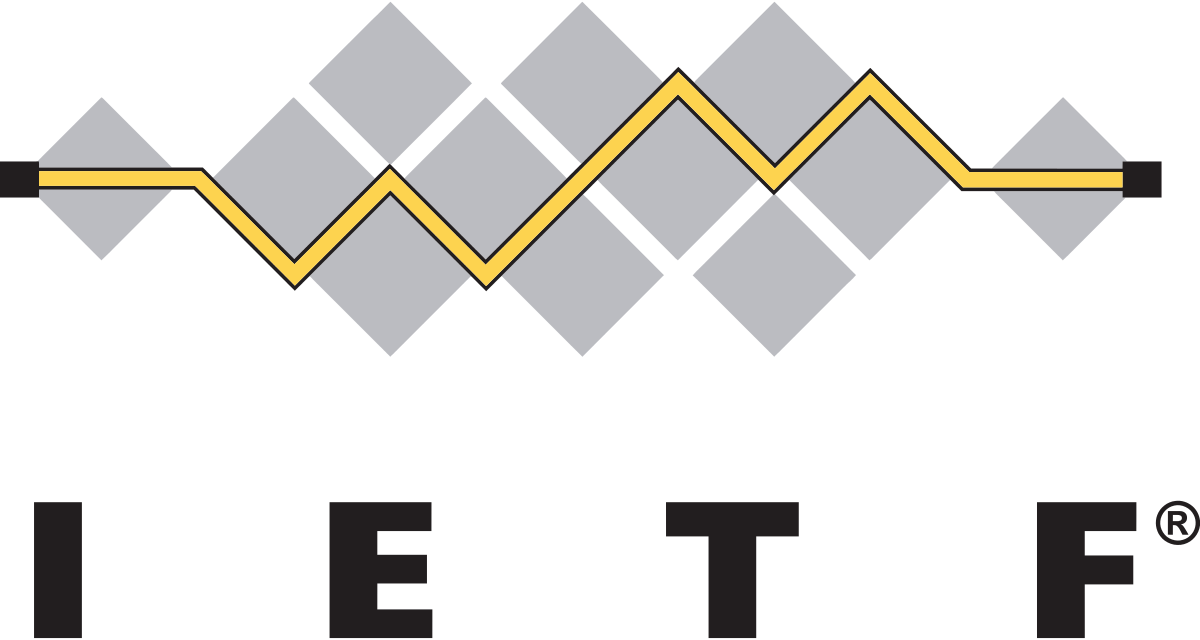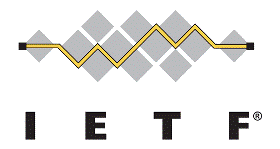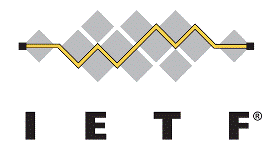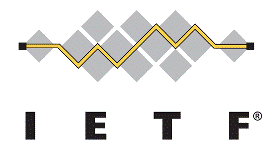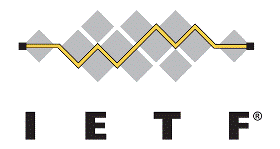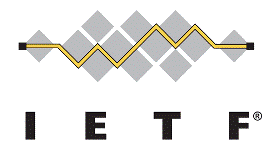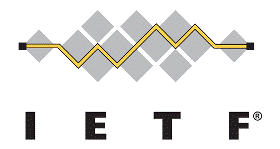DNS PRIVate Exchange
The initial focus of this Working Group was the development of mechanisms that provide confidentiality and authentication between DNS Clients and Iterative Resolvers (published as RFCs 7858 and 8094). With proposed standard solutions for the client-to-iterative resolvers published, the working group turns its attention to the development of documents focused on: 1) providing confidentiality to DNS transactions between Iterative Resolvers and Authoritative Servers, 2) measuring the efficacy in preserving privacy in the face pervasive monitoring attacks, and 3) defining operational, policy, and security considerations for DNS operators offering DNS privacy services. Some of the results of this working group may be experimental.There are numerous aspects that differ between DNS exchanges with an iterative resolver and exchanges involving DNS root/authoritative servers. The working group will work with
DNS operators and developers (via the DNSOP WG) to ensure that proposed solutions address key requirements.
